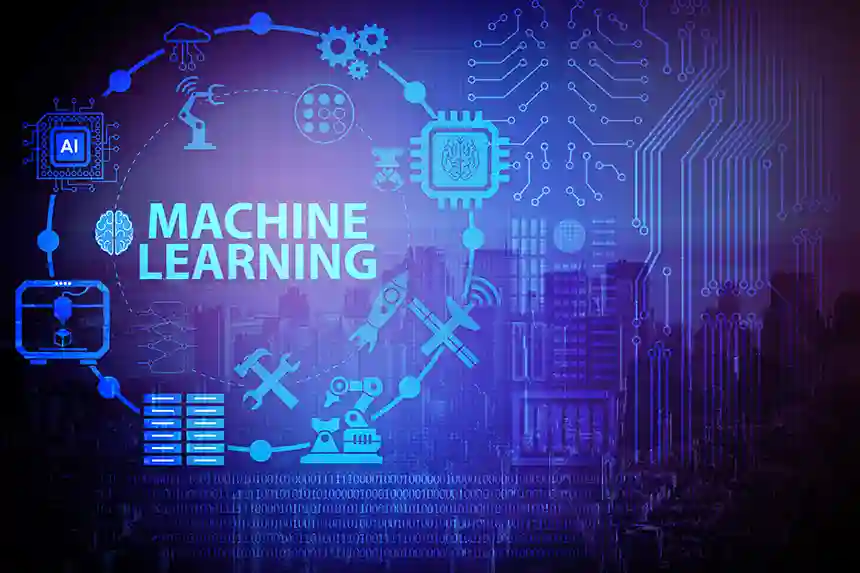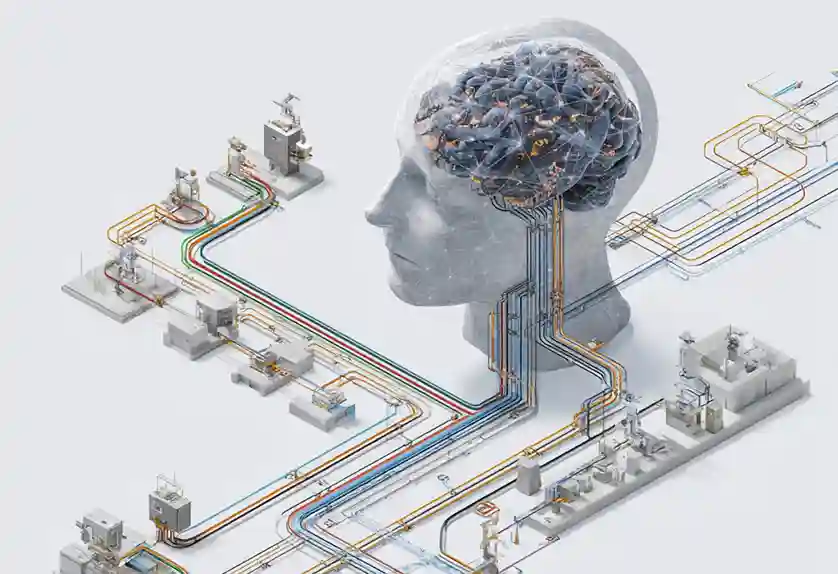In the rapidly evolving field of machine learning (ML), new techniques and methodologies are constantly being developed to push the boundaries of what these systems can achieve. One of the most exciting recent innovations is Retrieval-Augmented Generation (RAG), a technique that combines the strengths of retrieval-based and generative models to create more powerful and flexible AI systems. This blog post will explore what RAG is, how it works, and its potential applications in various fields.
Understanding RAG: The Basics
What is RAG?
Retrieval-Augmented Generation (RAG) is a framework that integrates two key components of natural language processing (NLP): retrieval-based models and generative models. The retrieval-based component searches a large database of documents to find relevant information, while the generative component uses this information to produce coherent and contextually appropriate responses or content. By combining these two approaches, RAG aims to leverage the precision of retrieval systems with the creativity and fluidity of generative models.
Why RAG Matters
Traditional generative models, such as ChatGPT, are incredibly powerful but can sometimes generate inaccurate or nonsensical information, especially when dealing with specialized or factual queries. Retrieval-based models, on the other hand, are excellent at providing accurate information but often lack the ability to generate nuanced and contextually rich responses. RAG bridges this gap, enhancing the overall performance of ML systems by ensuring the generated content is both accurate and contextually relevant.
How RAG Works
The Architecture of RAG
At its core, a RAG system comprises two main components:
-
Retriever: This component searches a pre-existing database or corpus of documents to find the most relevant pieces of information related to the input query. The retriever can be based on various models, such as BM25, Dense Passage Retrieval (DPR), or other advanced information retrieval techniques.
-
Generator: Once the retriever identifies relevant documents, the generator uses this information to create a response. The generator is typically a neural network model, such as a transformer, that can synthesize the retrieved information into coherent and contextually appropriate text.
The Process
The process of retrieval-augmented generation can be broken down into several steps:
- Query Input: The system receives a query or prompt from the user.
- Document Retrieval: The retriever searches the database for documents that are relevant to the query.
- Contextualization: The retrieved documents are used to provide context for the generative model.
- Content Generation: The generative model produces a response or content based on the contextual information.
- Output: The final output is a response that is both accurate and contextually rich, combining the best elements of retrieval and generation.
Applications of RAG
Enhanced Question Answering Systems
One of the most promising applications of RAG is in the development of advanced question-answering (Q&A) systems. Traditional Q&A systems often struggle with providing accurate answers to complex or specialized questions. By incorporating a retrieval component, RAG systems can access a vast database of information, ensuring that the answers generated are not only contextually relevant but also factually accurate.
Website Content Creation
RAG can also revolutionize content creation and summarization tasks. For instance, when creating website content for major enterprises, RAG systems can assist writers by retrieving relevant background information and generating coherent articles or summaries. This can significantly speed up the writing process while ensuring the content is well-informed and contextually appropriate.
Personalized Recommendations
In the realm of e-commerce and digital marketing, RAG can be used to create highly personalized recommendations. By retrieving relevant user data and generating personalized content, businesses can offer tailored product recommendations, enhancing the overall customer experience and potentially increasing sales.
Educational Tools
Educational platforms can leverage RAG to develop intelligent tutoring systems that provide personalized learning experiences. By retrieving relevant educational materials and generating customized explanations or exercises, RAG-based systems can cater to individual learning styles and needs, making education more accessible and effective.
Benefits of RAG
Improved Accuracy and Relevance
The primary advantage of RAG is its ability to produce responses that are both accurate and contextually relevant. By combining retrieval and generation, RAG systems can ensure that the information provided is not only factually correct but also tailored to the specific context of the query.
Flexibility and Adaptability
RAG systems are highly flexible and can be adapted to a wide range of applications. Whether it's answering complex questions, generating content, or providing personalized recommendations, RAG can be tailored to meet the specific needs of different domains and industries.
Scalability
RAG systems can scale to handle large volumes of data and complex queries. The retrieval component can efficiently search massive databases, while the generative component can produce nuanced and contextually rich responses, making RAG suitable for large-scale applications.
Challenges and Future Directions
Computational Complexity
One of the main challenges of RAG is its computational complexity. Integrating retrieval and generation requires significant computational resources, which can be a barrier for some applications. However, ongoing advancements in hardware and optimization techniques are likely to mitigate this issue over time.
Data Quality and Availability
The effectiveness of a RAG system depends heavily on the quality and availability of the underlying data. Ensuring that the retriever has access to high-quality, relevant information is crucial for the success of the system. As more high-quality datasets become available, the performance of RAG systems is expected to improve.
Ethical Considerations
Like all AI technologies, RAG raises important ethical considerations. Ensuring that the generated content is unbiased, fair, and ethical is crucial. Developers must implement robust safeguards to prevent the dissemination of misinformation or harmful content.
Conclusion
Retrieval-Augmented Generation (RAG) represents a significant advancement in the field of machine learning, offering a powerful and flexible approach to combining the strengths of retrieval-based and generative models. By enhancing the accuracy and relevance of generated content, RAG has the potential to revolutionize a wide range of applications, from question answering and content creation to personalized recommendations and educational tools. As the technology continues to evolve, we can expect to see even more innovative and impactful uses of RAG, driving the next wave of advancements in AI and machine learning.

 Tom Jackson
Tom Jackson




